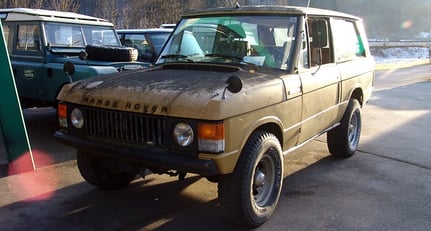That point becomes even more pertinent when it’s a rarity such as this ‘Novaswiss Turbo’.
The first-generation Range Rover, initially launched in 1970, found a cult following long ago. Restoring one can be a tricky business, though – high costs might put some customers off, while non-specialist garages might lack the required know-how to complete the work to an appropriate standard.
However, according to Urs Stiegler (Manager of Classic Driver dealer and restoration specialist LandyPoint), “More and more owners are treating their cars to a full restoration.” The 1980 ‘Novaswiss Turbo’ seen here is one such example: it’s one of a few Swiss-market cars that Novaswiss retrofitted in period with a turbocharger, which boosted power from 135bhp to the much healthier figure of around 200bhp.

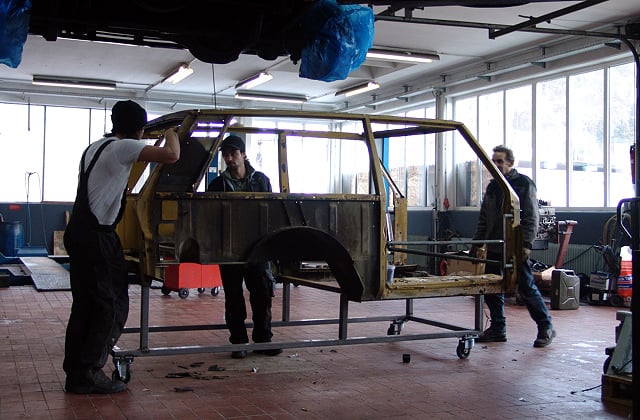

The workshop team at LandyPoint has over 20 years’ experience in Range Rover restorations, and can take a Classic right down to its last bolt – then all the way back up again. Unlike the Defender, the Range Rover has a skeletal steel frame with aluminium body panels flanking the exterior. As a result, rust can only be identified if the body panels are removed. Corrosion often lurks behind the coachwork of even the most outwardly-flawless examples.
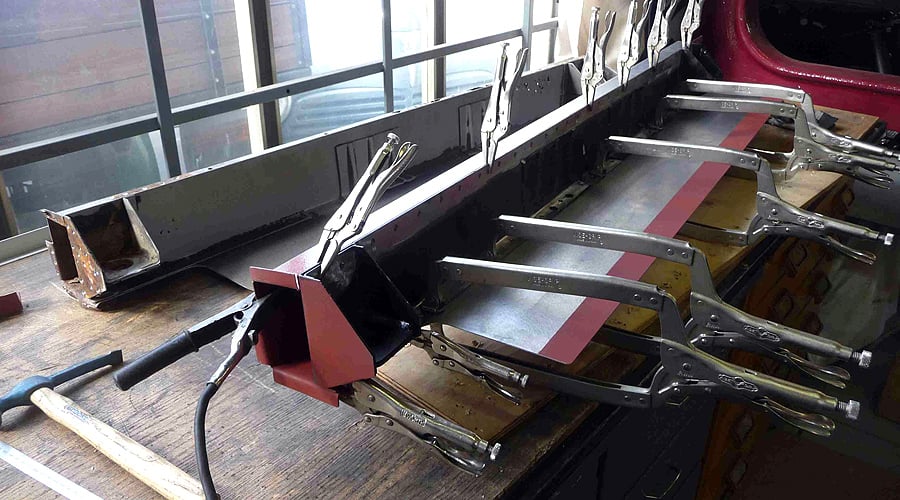
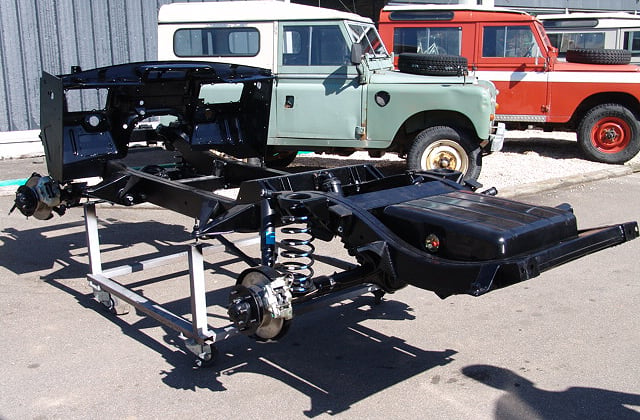
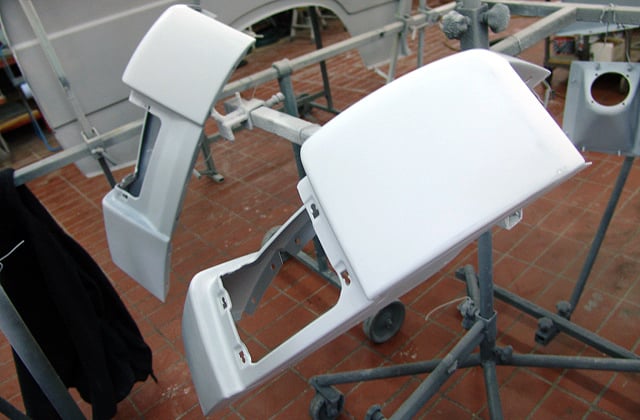
After the separation of body (or what’s left of it) from chassis, it’s clear what is meant by ‘skeletal’. Also obvious is that this ‘Novaswiss’ has seen better days. A thorough sandblasting reveals the level of dilapidation – the sills have rusted through. There’s no panicking in the LandyPoint workshop, though; like many parts of this ailing vehicle, the beyond-salvage part is extracted and a new one must be bought, or in this case, fashioned in-house.

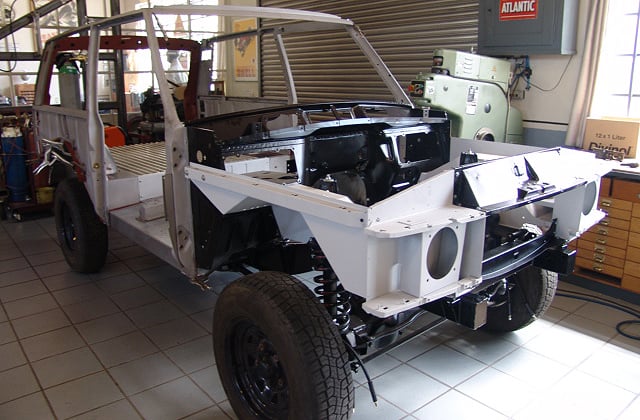
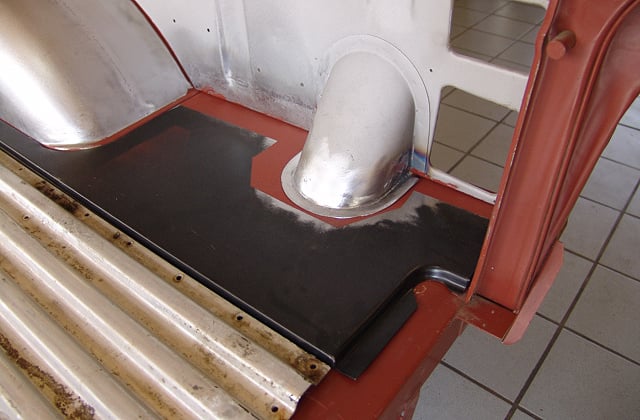
While the turbo engine is transported to a specialist for renewal, LandyPoint takes care of the axles, suspension, brakes and transmission. The chassis is also sandblasted and renovated, then remarried to the body and sealed.
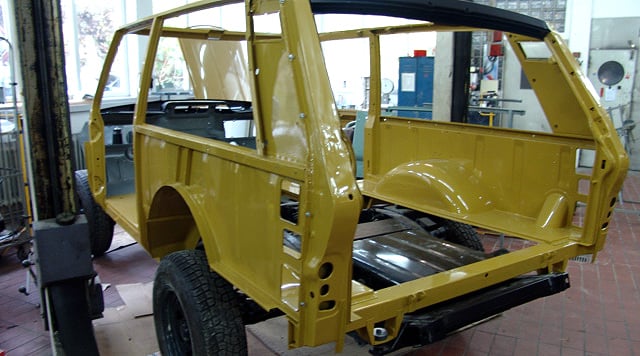
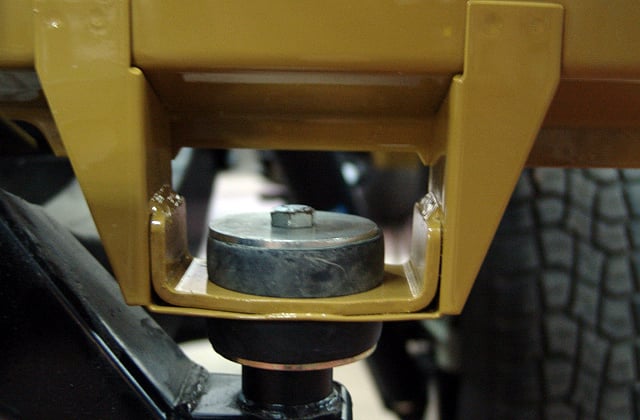
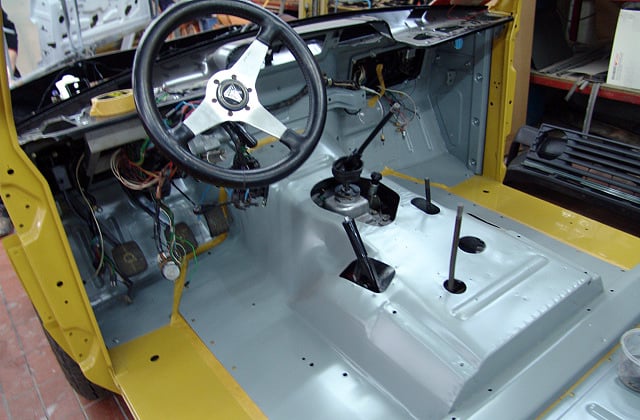
The next stage of the project involves remounting the sheet metal and engine block, followed by the installation of electrical componentry and interior items – then the ‘work in progress’ will become another completed mission for the LandyPoint team. We’re sure you’re just as eager to see the final product as we are…
|
Related Links For a selection of Land Rovers and Range Rovers currently being offered for sale by LandyPoint, visit the dealer's page in the Classic Driver Marketplace More information about LandyPoint can be found on the dealer's website Plenty of classic and modern Range Rovers can be found in the Classic Driver Marketplace |
Photos: Landypoint
